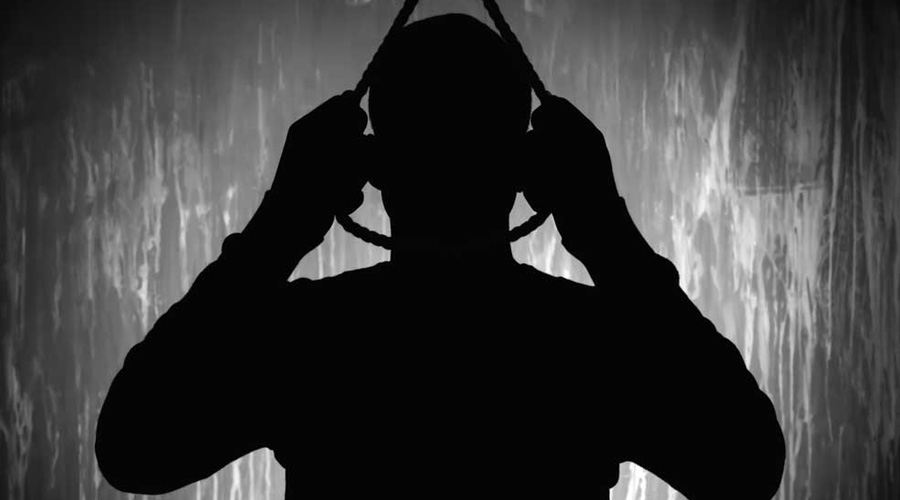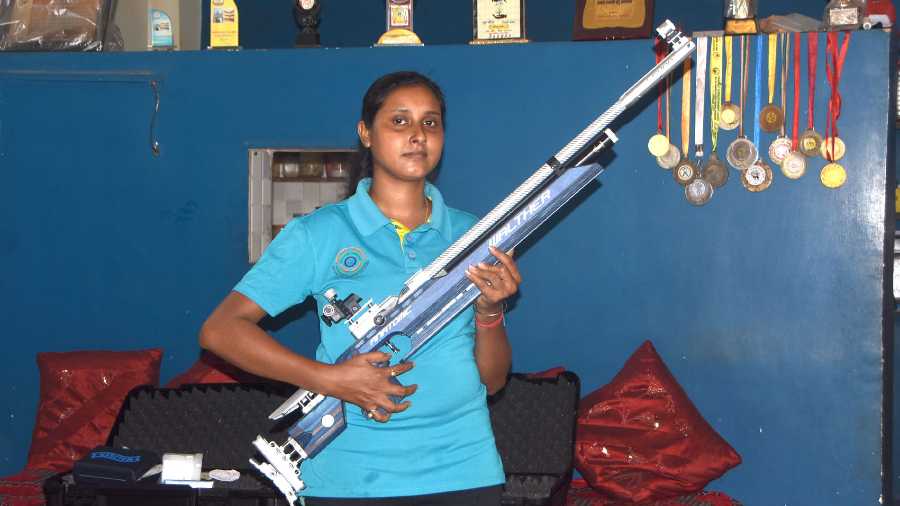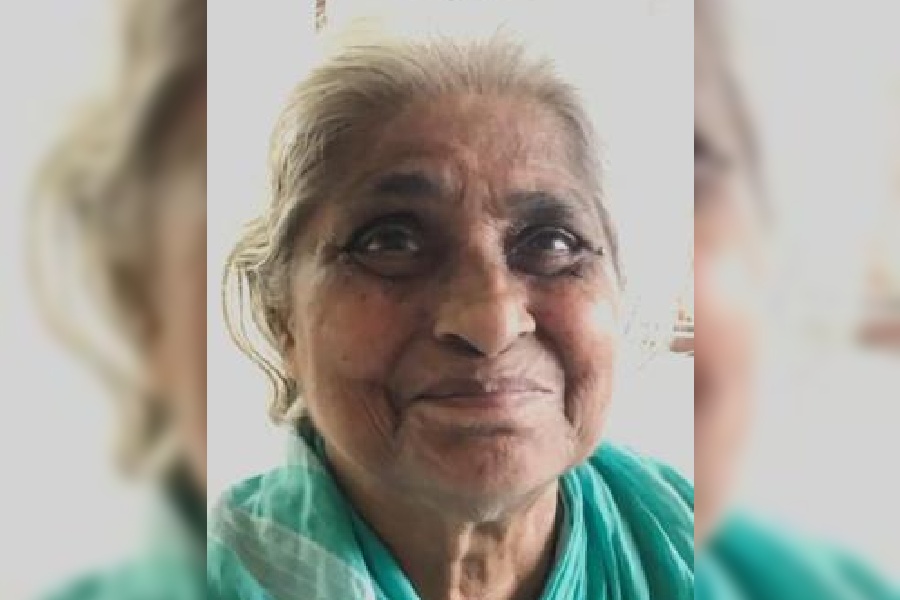The central government’s higher education institutions have collectively witnessed an average of 15 student suicides every year since 2014, the Centre told the Lok Sabha on Monday.
The IITs and the NITs together accounted for more than half the suicides.
Academics said the data, provided by education minister Dharmendra Pradhan in response to a question from DMK member A.K.P. Chinraj, underlined the need to have a robust system of psychological support and grievance redress at educational institutions.
Of the 64 IIT and NIT students who have killed themselves over the past eight years, 11 were from the Scheduled Castes and 24 were from the Other Backward Classes, according to Pradhan’s reply.
How caste discrimination can drive a student to take his own life had got underlined in January 2016 when Dalit PhD scholar Rohith Vemula hanged himself at the Central University of Hyderabad, triggering countrywide campus protests.
The incident had also brought under the spotlight the role of the Union education (then HRD) ministry and the varsity administration, which had sought to punish a group of Ambedkarite students who had clashed with pro-government peer groups.
D.K. Lobiyal, a senior professor at the School of Computer and Systems Sciences, JNU, said academic pressure and the absence of a support system in the IITs and other technical institutions was the prime reason for the suicides.
“Unlike the (general) universities, the IITs and the NITs are not inclusive in faculty composition (owing to chronic vacancies in reserved posts for teachers),” Lobiyal said.
“There is no active students’ group to take care of the students’ needs. If any student from a socially backward section struggles to cope with the academic pressure, he or she gets not much support from any quarter. These institutions need to be inclusive and should have a strong grievance redress system.”
Lobiyal said the grievance redress mechanism for students at JNU was not very reliable, either, since it was loaded with teachers and officials without any student representation.
Therefore, the students do not feel confident about expressing their grievances if these are against a teacher, Lobiyal said. He added that students should be part of the grievance redress forums.
A. Mahadevan, former teacher with the Residential Coaching Academy at the Babasaheb Bhimrao Ambedkar University, Lucknow, said the higher predilection for suicide among students from disadvantaged communities stemmed from “consistent discrimination each and every moment that destroys an individual’s self-confidence”.
He said the grievances cells are “toothless” because they are “at the mercy of the administration” and are “usually headed by upper caste people or the policymaking committees are dominated by upper caste people”.
Amol Meshram, a former IIT Kharagpur student, said the institute has “no functional SC-ST cell”.
In institutes that have such cells, they are headed mostly by people from a “privileged background (who are) not aware of the problem faced by underprivileged-background students”, he added.











